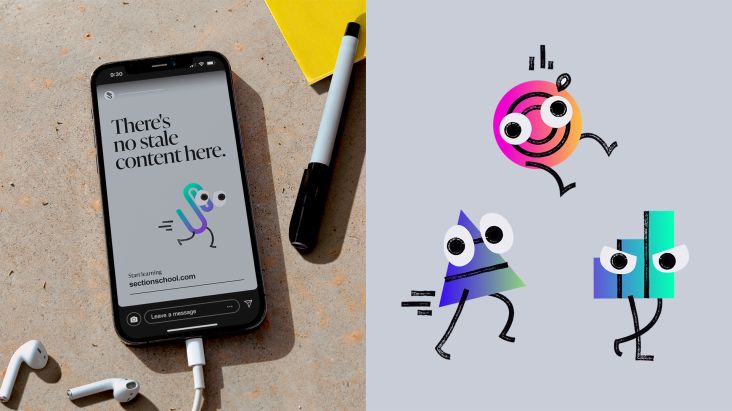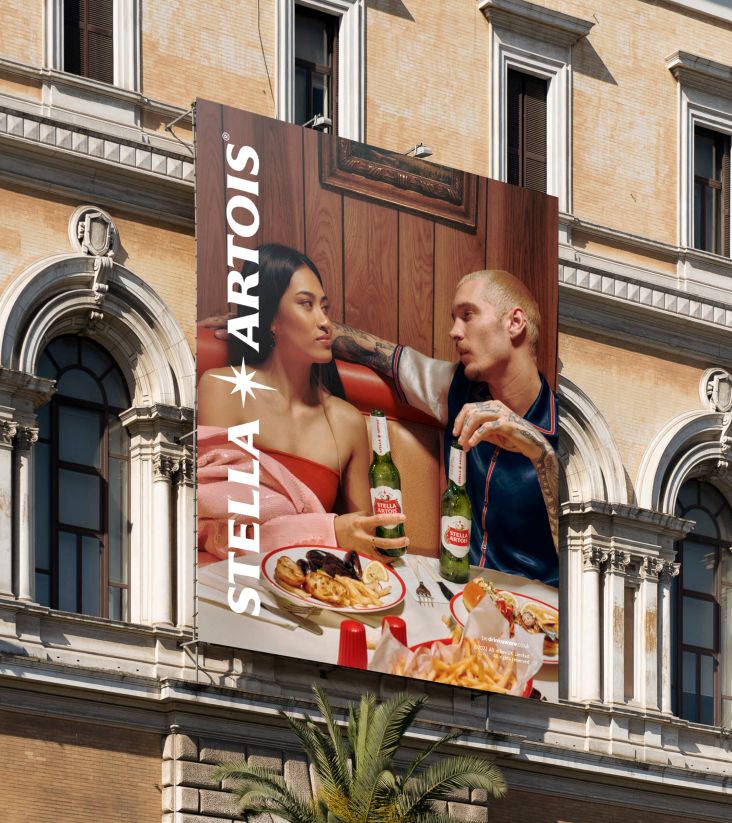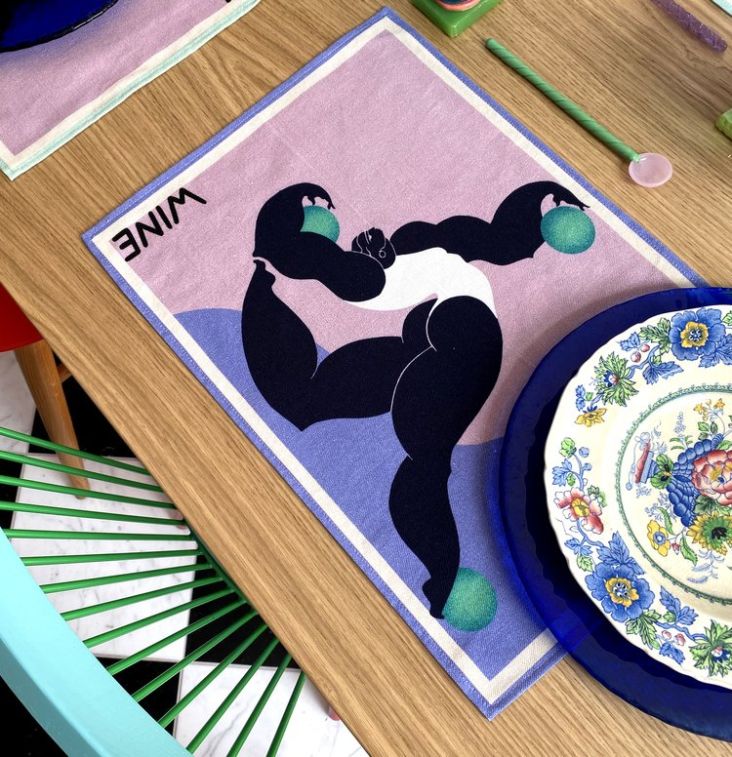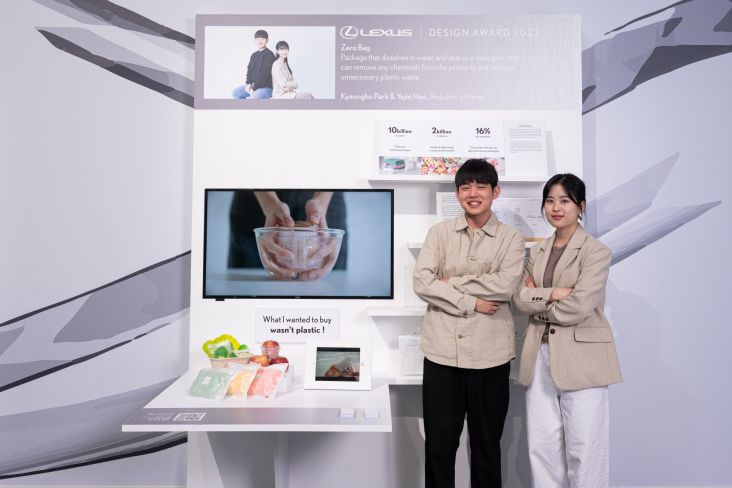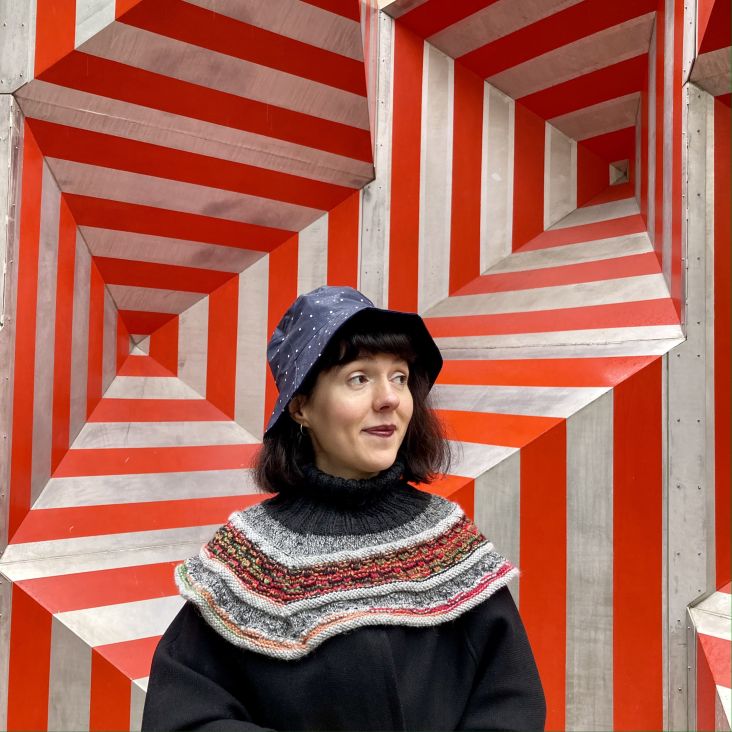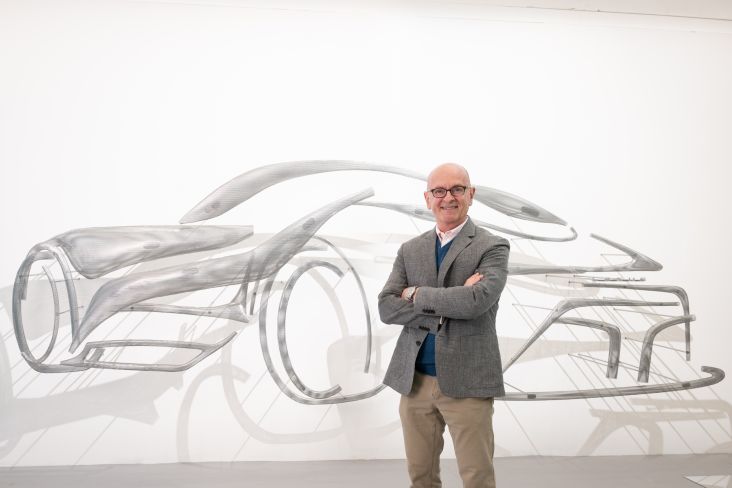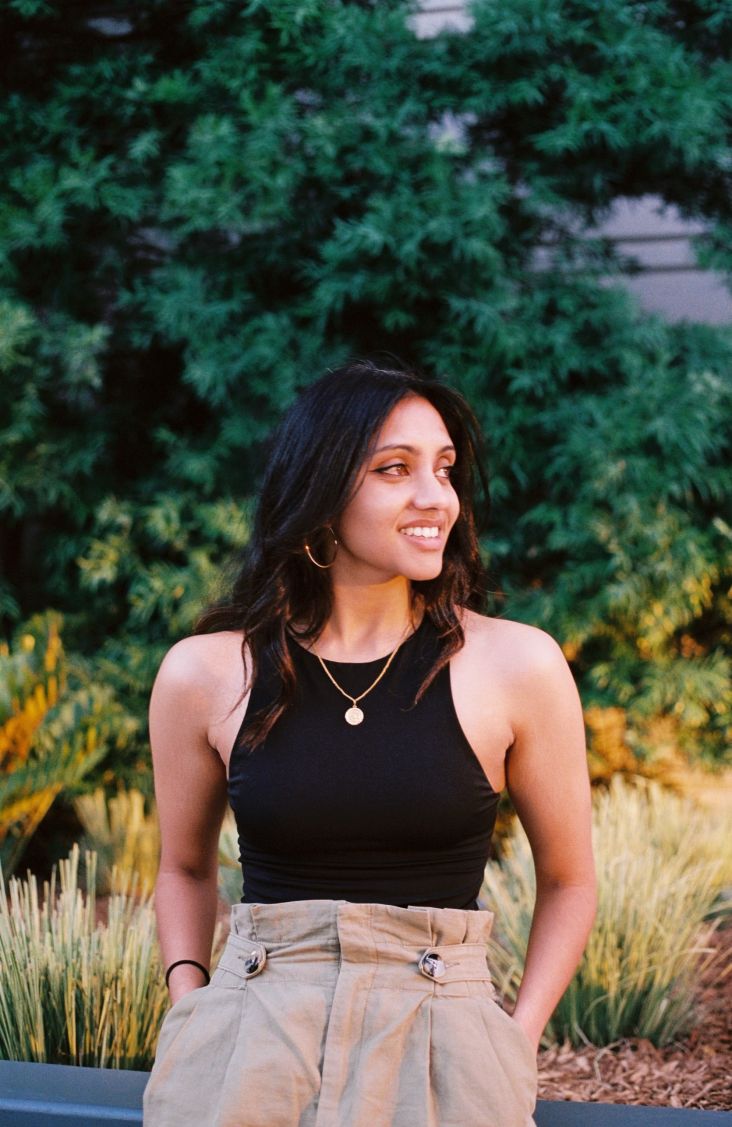'I'm still giving my clients the same advice': David Hodgson looks back on three decades of running a design agency
In his 30 years as co-founder and Executive Creative Director at brand strategy and packaging design agency bluemarlin, David Hodgson has seen the creative industries undergo massive transformations. He sat down with Creative Boom to reflect on everything that's changed and what always stays the same.
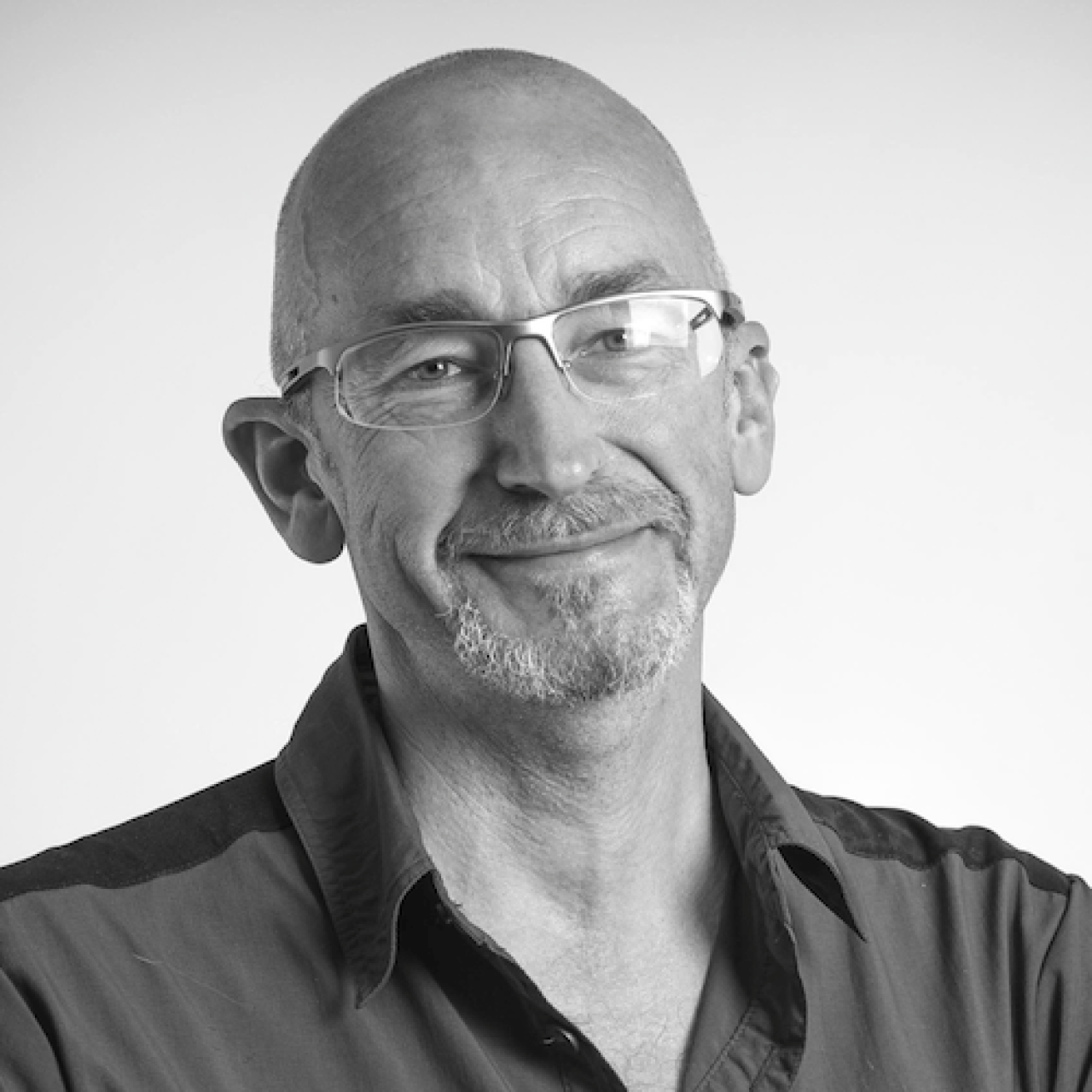
David Hodgson | Credit: bluemarlin
A lot has changed since Hodgson co-founded bluemarlin in 1993. "When we started out, branding wasn't a fully formed concept," he told Creative Boom. "You had a corporate and retail identity, but people didn't really talk about branding and brands as they do today."
Hodgson recalled that in the early days of his career, designers were most likely to be found "in the basement of an advertising agency dealing with the crumbs that fell off the ad campaign table." He remembers common ad-hoc requests like: "'Can you do a sticker for the window of a shop?' 'What about the label design?'"
Back then, designers were briefed by middle and junior marketing management – "We never got anywhere near the boardroom," he said. But things have changed for the better in the intervening years – creativity has gained its rightful seat at the decision-maker table. These days, Hodgson and his team, like many modern branding and design firms, are regularly brought in at the start of a campaign, and brand and packaging designers are central to the process from the C-suite to the shop floor.
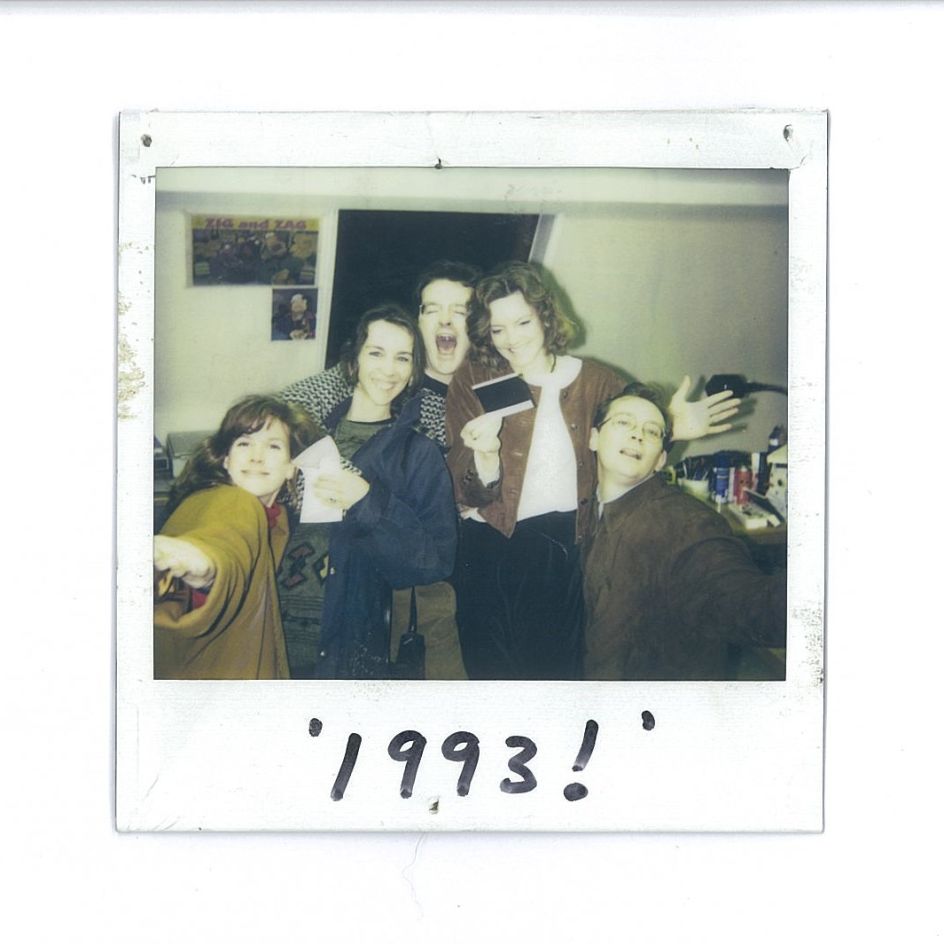
David Hodgson and the bluemarlin team in 1993 | Credit: bluemarlin
Hodgson observed that the deep, analytical foundation many design and branding agencies now supply to companies, as a matter of course, really came to the fore in the '90s, when designers in his generation "married strategic analysis with creative design. We mined client data, looked at their competitors, their brand, their consumers, their products and how they're made in forensic detail – and we still do."
The marriage of deep analysis and bold creativity that Hodgson and many of his contemporaries have been honing over the years has never been more important than today when design and brand play a more crucial role than ever in a business's path to success.
"Companies that stay static don't succeed, so an 'if it ain't broke' stance won't cut it," Hodgson said. "Today, designers don't parachute in, create something impressive and parachute out. We build long-term relationships with clients and brands and curate them over time. New SKUs, brand updates, et cetera."
These days, Hodgson rightfully observed that "creative solutions need to be 'media neutral' and not just pack-centric. Designers must develop a cohesive multichannel response and ensure that it delivers across all points of contact."
It's also why bluemarlin changed from a solely 2D agency in 2000 to a 2D and 3D concern. "Increasingly, consumers were relating to brands' unique profiles, physically and graphically," said Hodgson. "You started to see the emergence of more distinct brands."
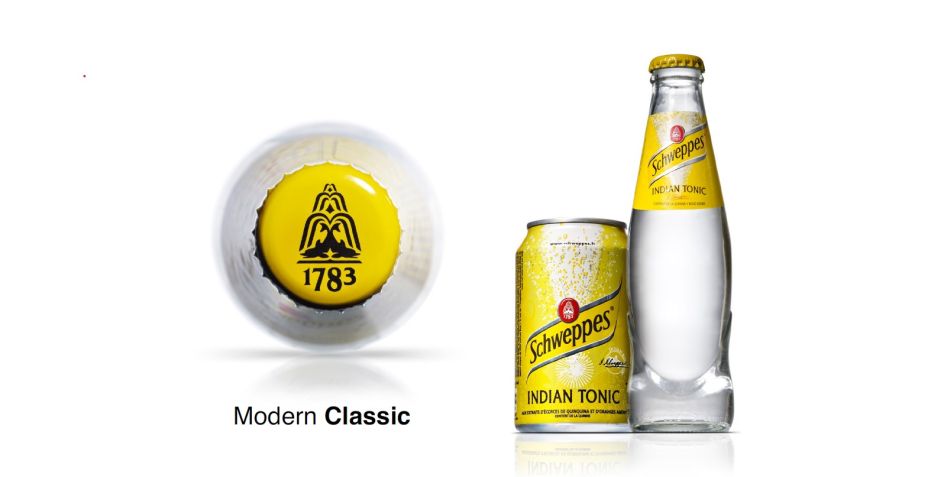
Credit: bluemarlin / Schwepps
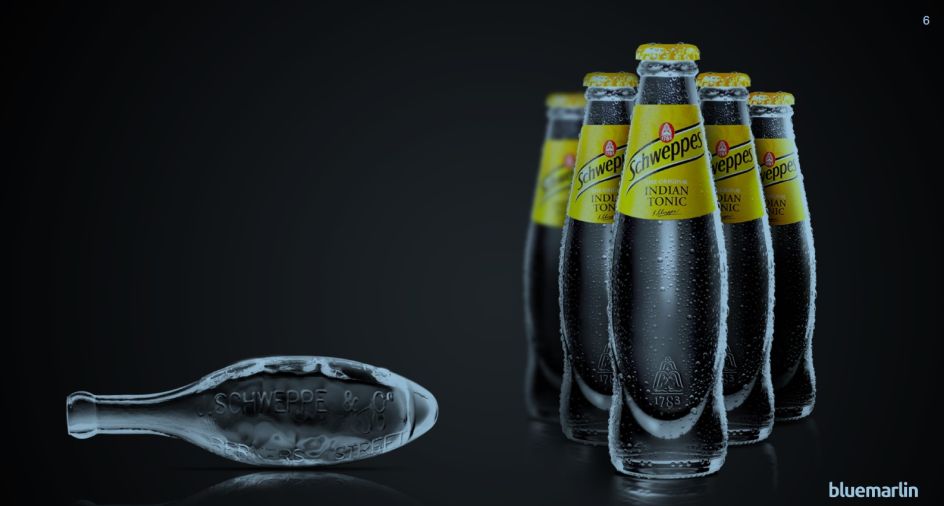
Credit: bluemarlin / Schwepps
Perhaps one of bluemarlin's most iconic pieces of work, which still stands out today, was redesigning the classic Schweppes bottle. Hodgson told us that bluemarlin made it into "a beautiful, iconic bottle that encapsulated the glass technology of its origins in 1783 when Jacob Schweppes, a pharmacist, first carbonated water with his packaging innovation. We reintroduced a forgotten and long-discarded unique brand equity in a modern way through glass form. We created a premium integrated 2D and 3D identity with real personality and differentiation from competitor brands."
And there's a whole new level of consciousness in design – environmental and social factors are crucial considerations in the design process, where 30 years ago, they weren't part of mainstream brand communications.
"The speed with which we operate has accelerated, too," Hodgson observed. "Design-to-artwork in seven days is common. Everything is always urgent – perhaps we're victims of our own success as a sector."
But despite plenty of shifting tides and adaptations in the design and brand industry over the past 30 years, some things have never changed. Hodgson told Creative Boom that many of his conversations today mirror discussions he's been having for over three decades.
He and his team still fundamentally need the same details in every brief. He's been asking his clients questions including 'What's the problem?', 'What are your key goals?' and 'Who do you want to speak to,' since his early days as a designer. "At first glance, those questions seem like no-brainers," Hodgson admitted to Creative Boom. "But it's amazing how many brand owners don't really understand the route they need to take to achieve success when we first meet."
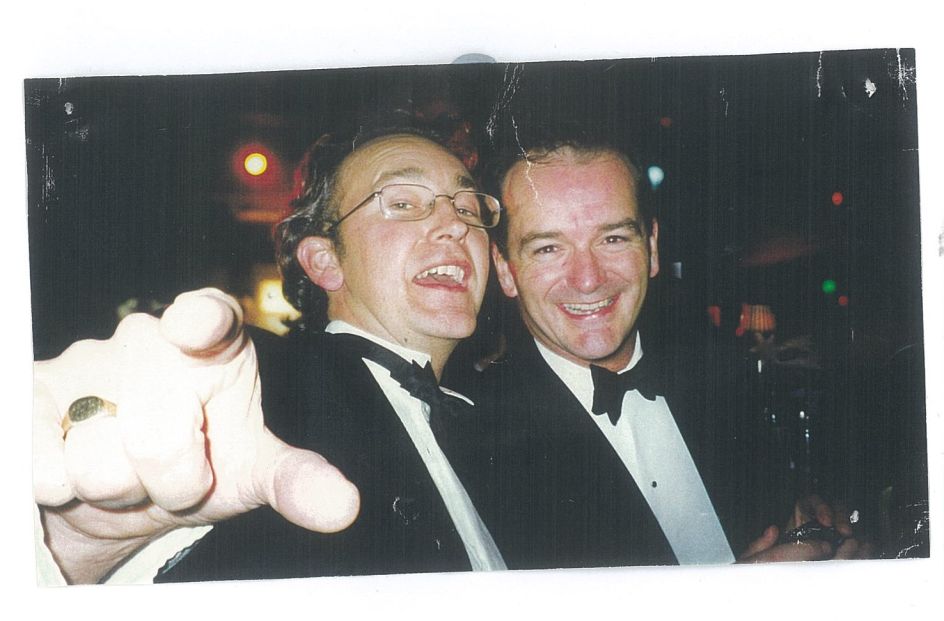
David Hodgson with bluemarlin co-founder Andrew Eyles in the 1990s | Credit: bluemarlin
Once he's got the answers to those age-old questions, Hodgson says one thing he's consistently been saying to his clients for the past 30 years: be brave.
In fact, it's something he's been telling his clients since absolute day one – bravery is Hodgson's defining memory when it comes to bluemarlin's first ever job, 30 years ago.
"Our first client was Tim Mead, CEO of Yeo Valley Organic, who was doing a four-pack of mousse," Hodgson recalled. "The mousse lid had a moose bursting out of the pack with fruit on its antlers. It was a disruptive, theatrical design and broke away from industry 'health' tropes, injecting some much-needed fun into a worthy category and using new foil-print techniques – and it shifted record numbers of packs in no time. There was scope to break with convention and create real standouts in the category and shopping aisle, and we wanted to have a bit of fun!
"One of the things that strategic know-how gives designers is a licence to flex," Hodgson mused. "We've got the intel; we understand the journey and the goal; we're all on the same page – let's go for it!"
Thirty years from now, Hodgson hopes that bold spirit is just as potent for creatives as it always has been for him and his team.




 by Tüpokompanii](https://www.creativeboom.com/upload/articles/58/58684538770fb5b428dc1882f7a732f153500153_732.jpg)

 using <a href="https://www.ohnotype.co/fonts/obviously" target="_blank">Obviously</a> by Oh No Type Co., Art Director, Brand & Creative—Spotify](https://www.creativeboom.com/upload/articles/6e/6ed31eddc26fa563f213fc76d6993dab9231ffe4_732.jpg)








